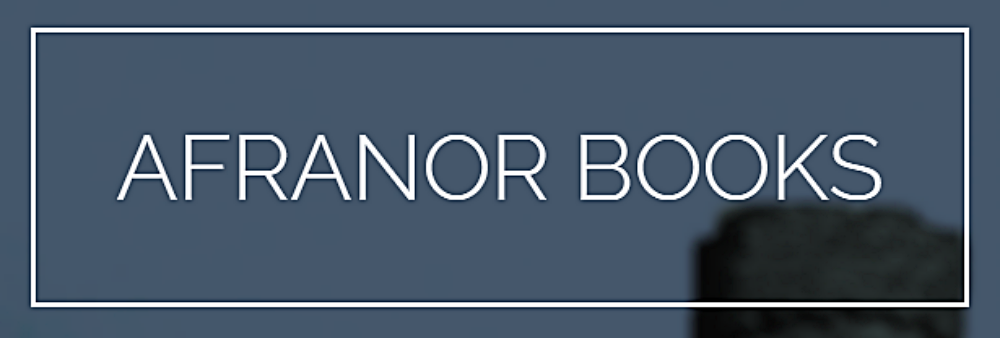Nothing gets the creative juices flowing better than devoting a week to gorging on the creative works of others. My favorite place to do that is at a film festival, which just so happens to be where I was last week.
The annual Galway Film Fleadh has become the one film fest that I usually manage not to miss. It was a nice break from the day-to-day routine and from the weight of worrying about all the shortcomings I keep imagining—or maybe not imagining—in my just-about-ready-to-release new book. The strange thing—actually probably not that strange—was that, everywhere I turned during the festival, I was reminded in some way of the book. The first film I saw, Jennifer M. Kroot’s documentary The Untold Tales of Armistead Maupin, was about one of the writers whose work was firmly in my mind when writing the sections that take place in San Francisco in 1980. Nobody has captured the spirit of that time and place better than Maupin. I suppose you could say that my protagonist Dallas Green plays more or less than same role in my book that Ohio transplant Mary Ann Singleton plays in Tales of the City.
It was interesting to see how a filmmaker like Tom Collins approached the weaving of a fictional story with historical events in Penance, something I attempted to do—admittedly less ambitiously than him—in my book. I got a new appreciation for readers who accuse me of leaving details in my stories hanging or not finishing certain side plots. I found myself feeling the same way while watching Liam Ó Mochain’s Lost & Found. In a couple of his interweaving plots, he did not answer the questions there were foremost in my mind. When asked about this after the screening, he smiled and invited viewers to fill in the details however it best pleased them. I guess I got a taste of my own medicine.
A couple of the movies reminded me in different ways of The Three Towers of Afranor, particularly Brendan Muldowney’s Pilgrimage. Like my own fantasy novel, it told the story of a callow young man on a real and metaphysical journey in a dark and dangerous landscape. (If only I could get Tom Holland to play Prince Chrysteffor in a movie adaptation!) Catherine Gund and Daresha Kyi’s affecting documentary Chavela, about the singer Chavela Vargas, did not itself remind me of my own writings, but the title was certainly evocative for me. Chavela was the name I chose for the princess of Afranor way back in that high school Spanish story that eventually became The Three Towers of Afranor. Chavela is essentially a nickname for Isabel, the Spanish equivalent of Elizabeth. In the final version, I decided to go for Gaelic names for the Afranor characters, so the name Chavela became Eilís.
My sense of cinematic déjà vu in regards to the new book was actually strongest while viewing a movie I saw after the film festival. My wife and I watched the 1965 Martin Ritt adaptation of John le Carré’s novel The Spy Who Came in from the Cold. The very first scene takes place at Checkpoint Charlie in Berlin. It was strange to see on screen the iconic crossing, which figures in my new book—especially after having visited the real place for the first time only last year. It would have been problematic for the filmmakers to have filmed that scene where it was meant to take place, at the newly built Berlin Wall, in 1965. As it happens, studio filming for the movie was done here in Ireland at Ardmore Studios in County Wicklow.
It was surreal to realize that the Checkpoint Charlie scenes were actually filmed in a place I know fairly well, the Smithfield Market in Dublin.
Books available for purchase at Afranor Books on Bookshop.org and from Amazon and other major online booksellers
(If you are viewing this on a phone, you can see many more links to sellers by switching to this site's desktop version)
My Books
“I actually could not put the book down. It is well written and kept my interest. I want more from this author.”
Reader review of Maximilian and Carlotta Are Dead on Amazon.com

All books available in paperback from Afranor Books on Bookshop.org.
